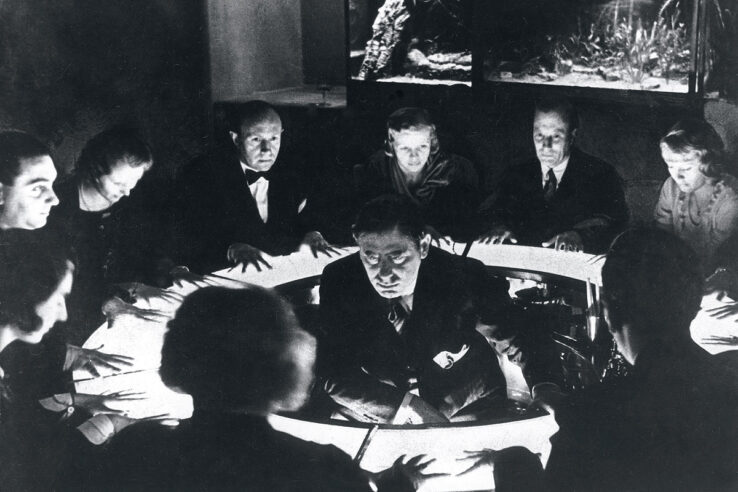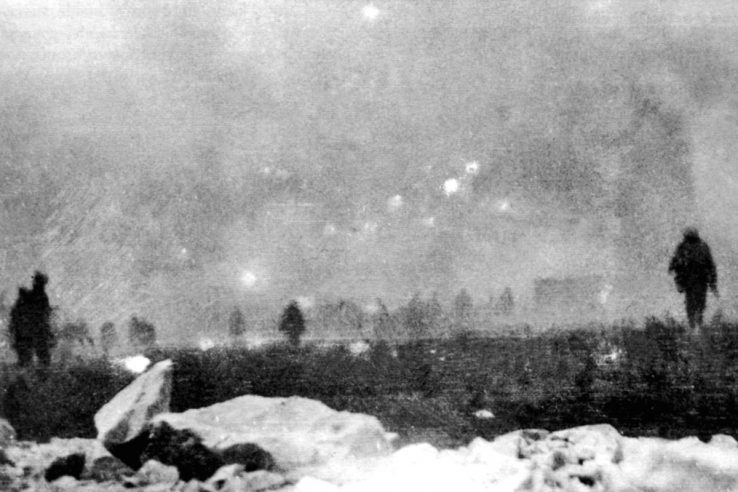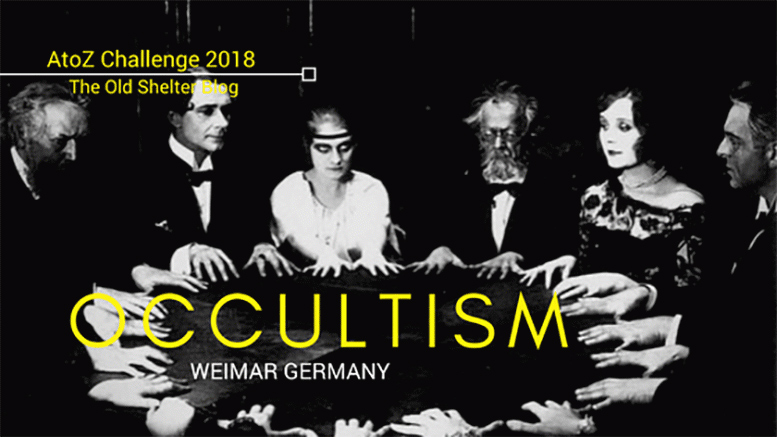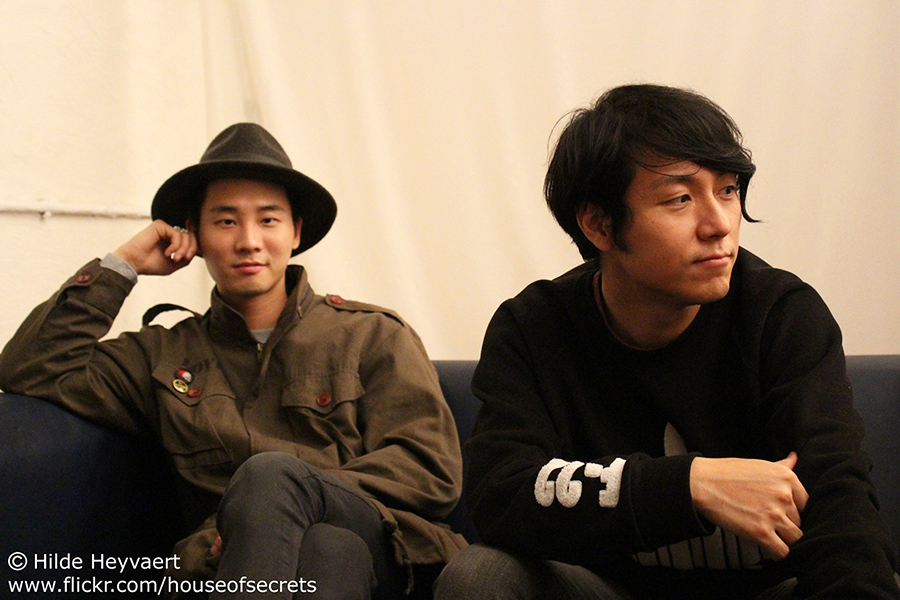Occultism and spiritualism weren’t new on the scene of European society. They had been very popular in Victorian times, and when World War I broke out people again turned to these practices and beliefs in search of solace.
The spiritualist movement was founded in 1848 and supported the belief that the personality would survive after death and could be contacted by livings through séance.
The nineteenth century saw a great advancement in many sciences. Forces that were previously invisible and explained to some extent as “magic” or “supernatural”, like radiowaves and magnetism, gave rise to the idea that maybe more “magical events” could be explained scientifically. And the advent of the telegraph and the telephone, which allowed communication across distances that were previously considered insurmountable, arose the idea that maybe even the border between the living and the dead could be crossed and communication made possible.
Occultism and spiritualism then became hugely popular with Victorians, but at the end of the century the interest was waning.
That’s when the Great War occurred.
Occultism and the Great War
When Word War I broke out, the interest in occultism, although diminished, had not died out. In the terrible event of the war, when nothing was certain, and the life of people could be ended in an instant by any chance event, the possibility to see the future or to communicate with the dead became a way to cope.
Practically no family in Europe came out of the war without having lost at least one member. Many small communities lost most of their young men. Traditional ways of mourning, like prayer and religion, were never abandoned, but as occultism and spiritualism offered the possibility to contact the dead directly, many grieving families turned to them so to be able to speak with their loved ones once more and be reassured that they were well and living a good life on the other side. This was, in fact, the common message that people received: the dead had not suffered, and now they were happy and wished their family to be happy too.
Spiritualism was often called out as a moment of charlatans, and indeed there were lots of shady individuals ready to take advantage of the grief of parents and consorts. But it also received the praise of many famous supporters, like Sir Arthur Conan Doyle (who supported the more emotional side of spiritualism), and Sir Oliver Lodge (who looked at spiritualism more scientifically), both of whom lost their sons in the war.
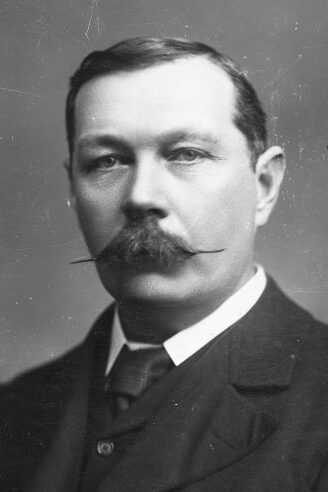

Scientists taking part in spiritualism were all but unusual. At this liminal time, when new scientific frontiers opened up, the demarcation between what today we consider science and what we consider mysticism was still very blurred. Interested in the exploration of these new horizons, many scientists conducted experiments in the fields of telepathy and psychology, but also of physics and long-distance communication. In fact, it was this kind of experimentation that finally created the border between science and mysticism that we are familiar with today.
Religion also sought a similarly clear demarcation, which was particularly tricky, since both religion and spiritualism believe in the existence of both the world of the living and that of the spirit.
Inside the occult and spiritualist movements, the role of women was particularly relevant. Is it then any surprise that most spiritualists were strong supporters of feminism? These movements somehow contributed to empowering women, and this is one of the reasons why they were considered subversive. But then it’s true that spiritualists tended to have different subversive attitudes toward the accepted social rules.
Occultism in the trenches
It is sometimes argued that occultism and spiritualism were not present in the trenches and that religion was the primary form of spiritual support. But the letters of many soldiers tell a different story. Several forms of superstition — especially concerning safe-keeps and good-fortune chasms — were very common, but they were not considered in opposition to religion. Many soldiers just wanted to have an extra chance against the blind luck of the trench fight. Most of these safe-keeps came from home and family and so were considered a strong bond to the reasons why it was worth fighting that war.
Stories of ghosts and apparitions are common both in soldiers’ and official letters, and it is probably no surprise. The coexistence of living and dead was a daily occurrence in the life of these people. Living and dead shared the same space in the trenches and soldiers could cross that line at any moment on the whim of chance. Nowhere the border between the two worlds was as thin as in the trenches, is it so surprising that soldiers often believed communication between the two was possible? Stories of apparitions, premonitions, warnings from the “other side” abounded in the trenches. Often, like for the loved ones at home, this was a form of finding some peace in the midst of destruction.
This story was originally published at The Old Shelter as part of an A-to-Z challenge about the history of Weimar Germany, April 17, 2018.

